PPT-Educating Students with
Author : luanne-stotts | Published Date : 2016-05-02
Special Needs in Quebec Cindy Finn PhD October 24 2012 Classification of Special Needs in Quebec MELS Identification procedures and government funding differ
Presentation Embed Code
Download Presentation
Download Presentation The PPT/PDF document "Educating Students with" is the property of its rightful owner. Permission is granted to download and print the materials on this website for personal, non-commercial use only, and to display it on your personal computer provided you do not modify the materials and that you retain all copyright notices contained in the materials. By downloading content from our website, you accept the terms of this agreement.
Educating Students with: Transcript
Download Rules Of Document
"Educating Students with"The content belongs to its owner. You may download and print it for personal use, without modification, and keep all copyright notices. By downloading, you agree to these terms.
Related Documents

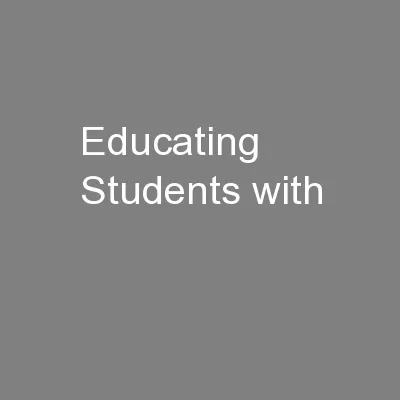
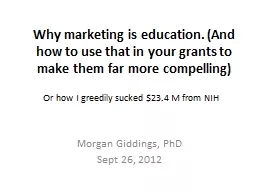
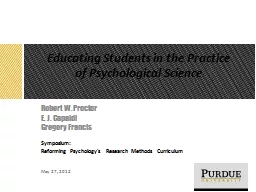
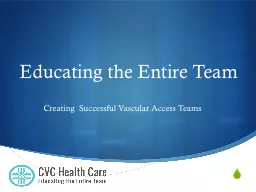
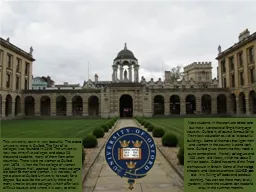
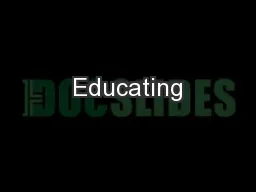
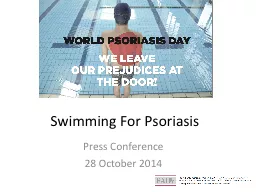
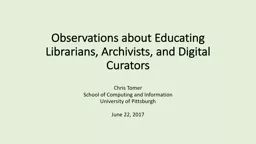
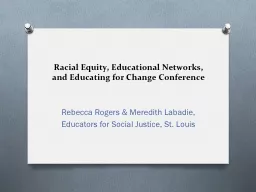
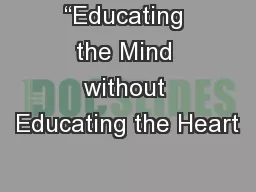
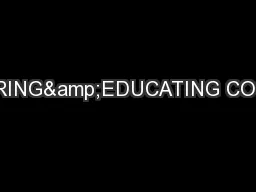
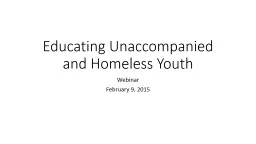
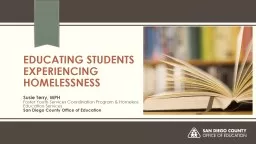
![[DOWNLOAD] NYSTCE EAS Educating All Students Test 201 Secrets Study Guide: NYSTCE Exam](https://thumbs.docslides.com/1006079/download-nystce-eas-educating-all-students-test-201-secrets-study-guide-nystce-exam-review-for-the-new-york-state-teacher-certification-examinations.jpg)